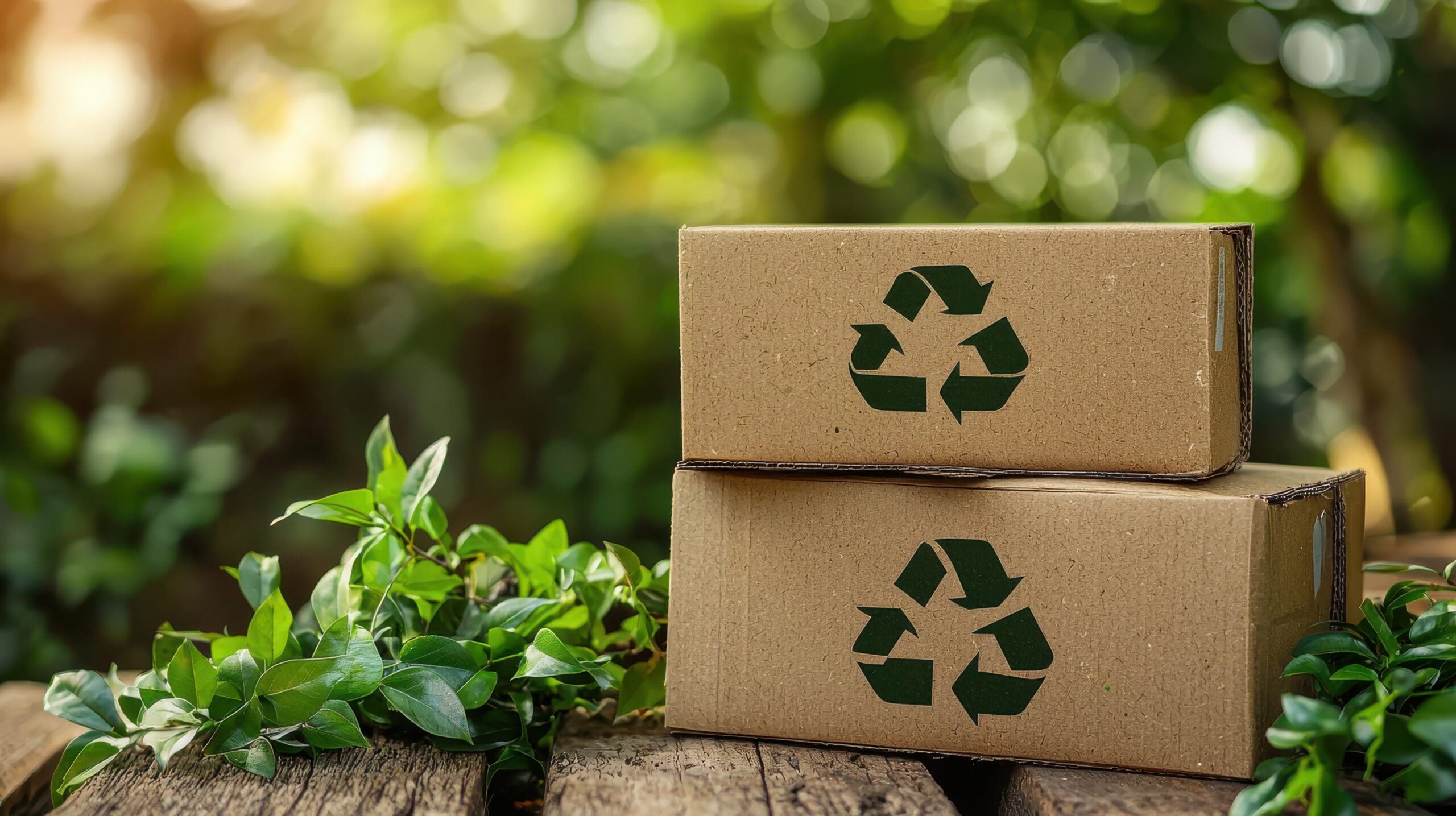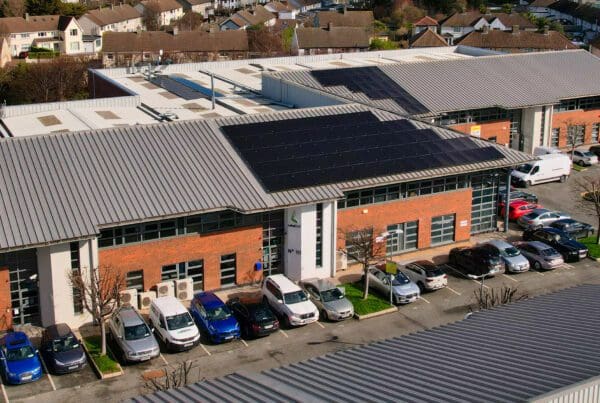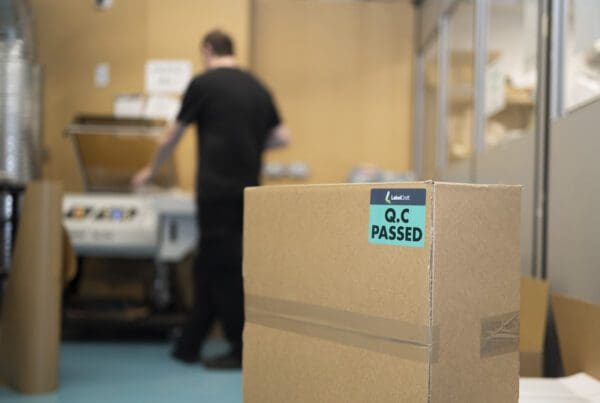Last Updated on July 10, 2025 by admin
Strategies for Retailers to Achieve Sustainable Packaging Goals
We are Irelands most trusted packaging manufacturer helping build global brands. Established in 1984 and based in Dundrum Dublin we joined The Asteria Group in 2022 and are one of Irelands largest self-adhesive label and packaging manufacturer, supplying to the pharmaceutical, healthcare, medical devices, cosmetic, veterinary and the food and drinks industry.
The next decade is super important for reaching net-zero emissions by 2050. And with consumers and regulators likely to demand more eco-friendly products and tougher environmental rules, companies are feeling the heat to meet their big sustainability goals in the next few years. Retailers are no different.
Retailers need to step up their game when it comes to sustainable packaging. By 2030, the bigwigs in the industry are aiming to make up half of their packaging with recycled materials, cut down on virgin plastic by half, and switch to reusable, recyclable, or compostable stuff for their private label products. That way, they can control the quality and sustainability of their packaging.
Achieving these big sustainable packaging goals is a real challenge. By 2030, the demand for recycled plastic packaging will triple, partly because retailers want to be eco-friendly and have stricter rules, while the supply of these materials only doubles. Governments worldwide are making rules to reduce packaging, especially plastic, to protect the environment. Consumers still want brands to use sustainable packaging, but they also need to keep costs down because of inflation.
It’s important to note that no single packaging type—plastic, glass, metal, cardboard, or paper—has every attribute of sustainable packaging. All these materials have benefits and costs, which vary based on their application, regional standards, and other factors.
The Myth
One of the biggest myths about—and obstacles for adoption of—sustainable packaging is that it is always more expensive for retailers to use when compared with less sustainable materials. But the reality is far more nuanced. Take plastics as an example: it’s true that if all retailers meet their sustainability pledges, the demand for recycled plastics (around 90 million tons) will likely far outpace the global supply (around 60 million tons) by 2030 (exhibit). This will put upward pressure on prices and erode retailers’ margins. It’s also true that there is often a premium on recycled materials.
Exhibit
By 2030, the demand for recycled plastics will be way ahead of what we have available. But retailers don’t have to pay these high prices forever. If they invest in their skills and get involved earlier in the process, they can save a lot of money on plastic packaging. On average, they could save 15 percent, and in some cases, even 40 percent!
Ways to create a more sustainable packaging strategy
Retailers have a chance to be real leaders in sustainable packaging. To do this, they need to gather all the info they can, clear any roadblocks in their organisation, and find new ways to do things both inside and outside the store. We’ll show you how to do it below.
By taking these steps, retailers can save money on their supplies, make more money, and meet the expectations of their customers—all without raising prices.
Input sustainability principles into the packaging design process
Once retailers have a clear picture of their packaging options and how much they use, they can plan to make all their packaging eco-friendlier. This means they need to think about design-for-sustainability when they design packaging. This means using less stuff that’s not good for the environment, choosing materials that have the least impact on the environment, and making sure all the packaging is made from the same materials by category, all while keeping the user experience in mind.
Design-for-sustainability is all about finding ways to reduce waste. One way is to make packaging thinner and lighter, like “skinny design.” Another way is to change the way packaging is made, like some companies are using tape instead of plastic rings for six-packs. Another way to make packaging more sustainable is to use materials that can be recycled or broken down, like plastic polymers that can be recycled or biodegradable. Retailers can also use other materials like paper or cardboard, depending on what makes sense.
Another way to make the packaging design process more sustainable is to find new ways to get materials. This could mean working directly with packaging suppliers to design sustainable packaging. Smaller private label suppliers could then buy directly from these suppliers and save money on materials.
Assess the full packaging portfolio
“Measure what you manage” is the guiding principle for retailers seeking a sustainable packaging portfolio.
To truly understand their portfolio, retailers should establish cross-disciplinary sustainable packaging teams with experience in sustainability and procurement. A team member should create a transparent materials usage picture with suppliers. They should also define packaging guidelines, redesign products, and collaborate with suppliers to develop new packaging.
Organisations should create a comprehensive view of their packaging footprint, including raw materials, environmental impact, cost, and formats for all SKUs. This baseline analysis helps identify opportunities and define an optimal packaging strategy. For instance, retailers may overlook optimising private label packaging, which accounts for a growing share of their businesses. They also miss chances to apply learnings for best practices across markets.






